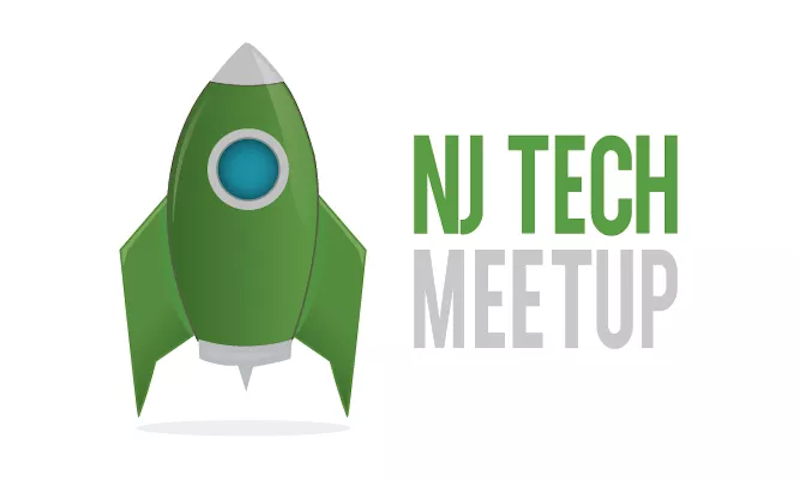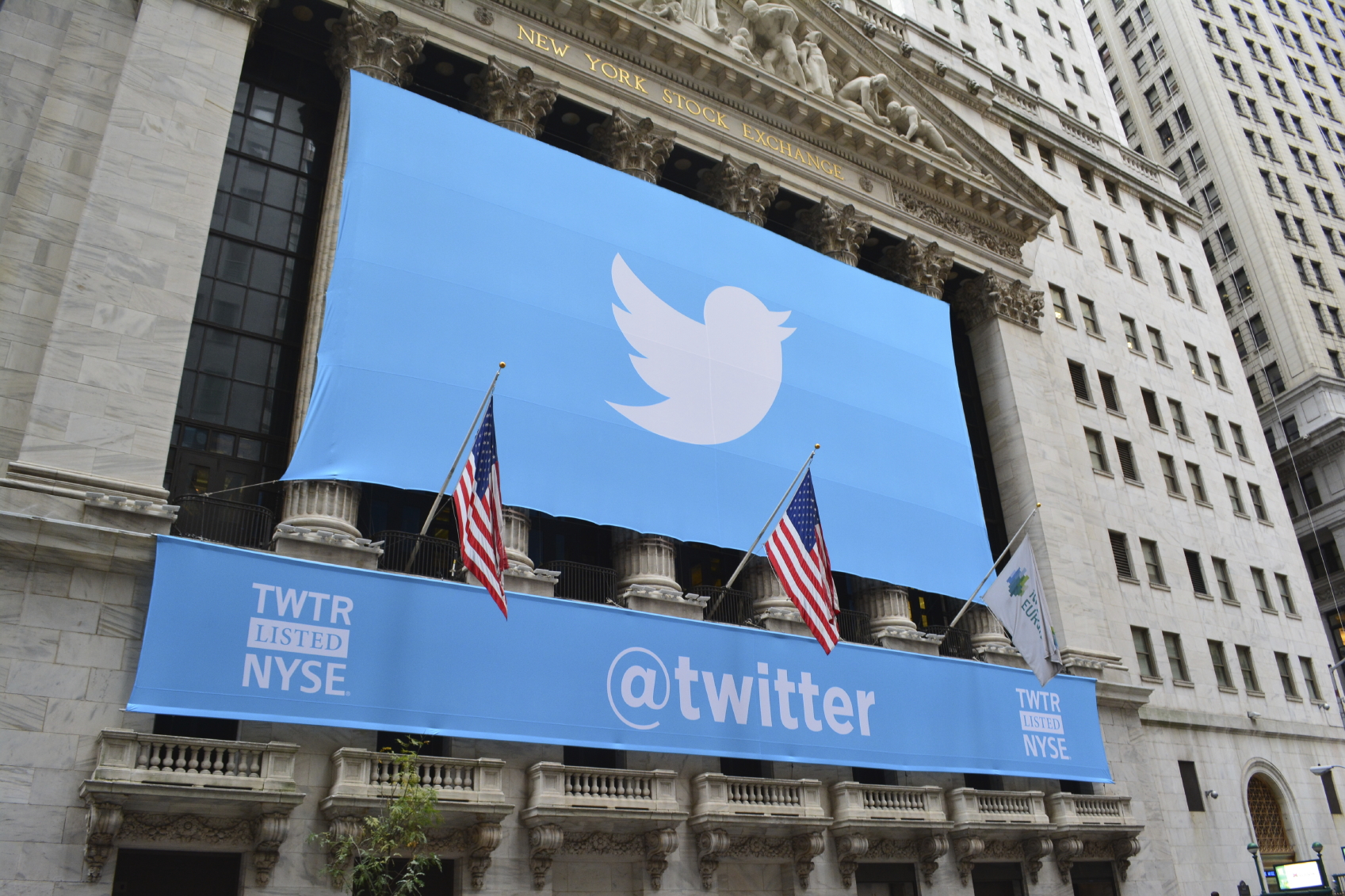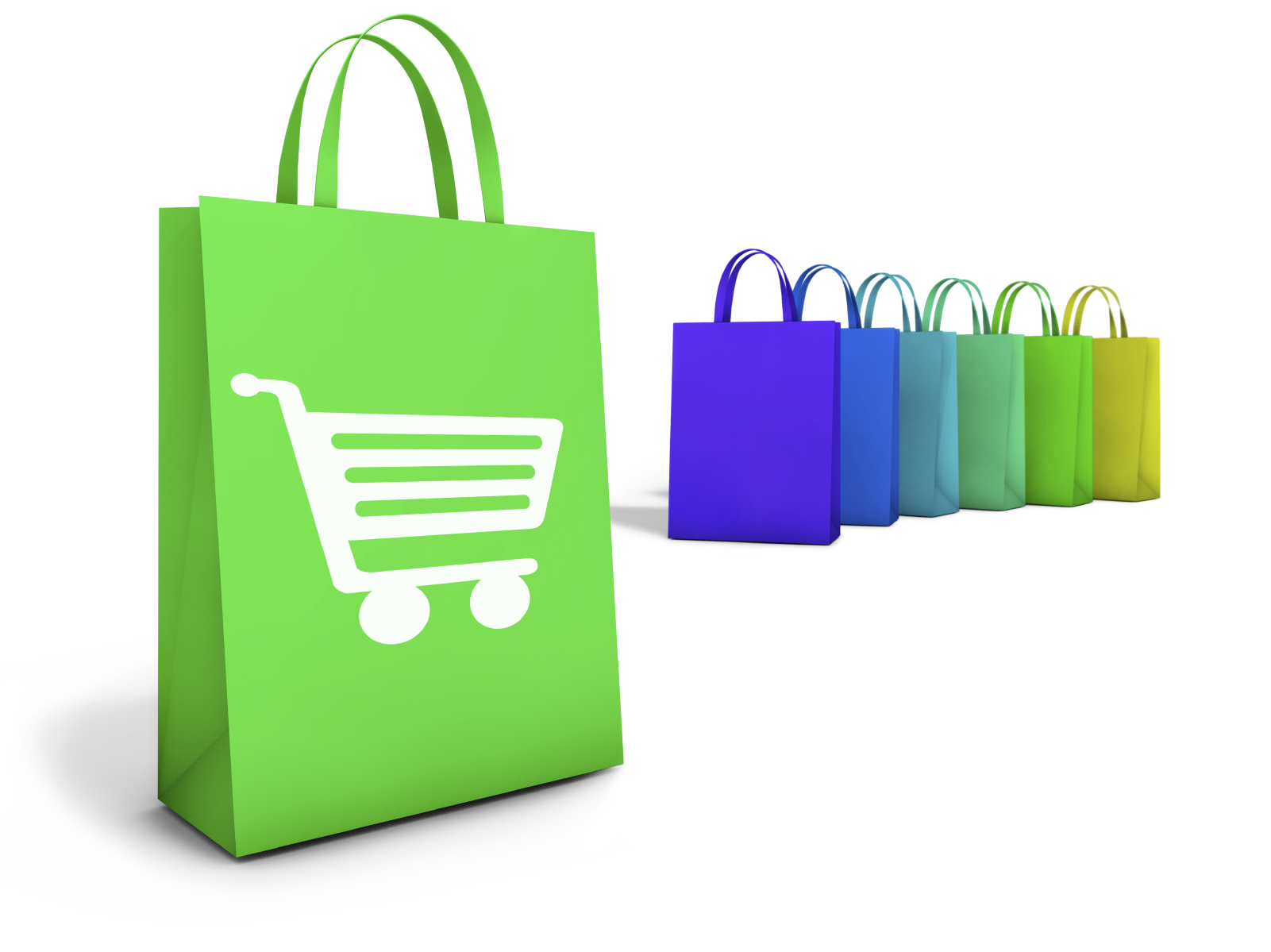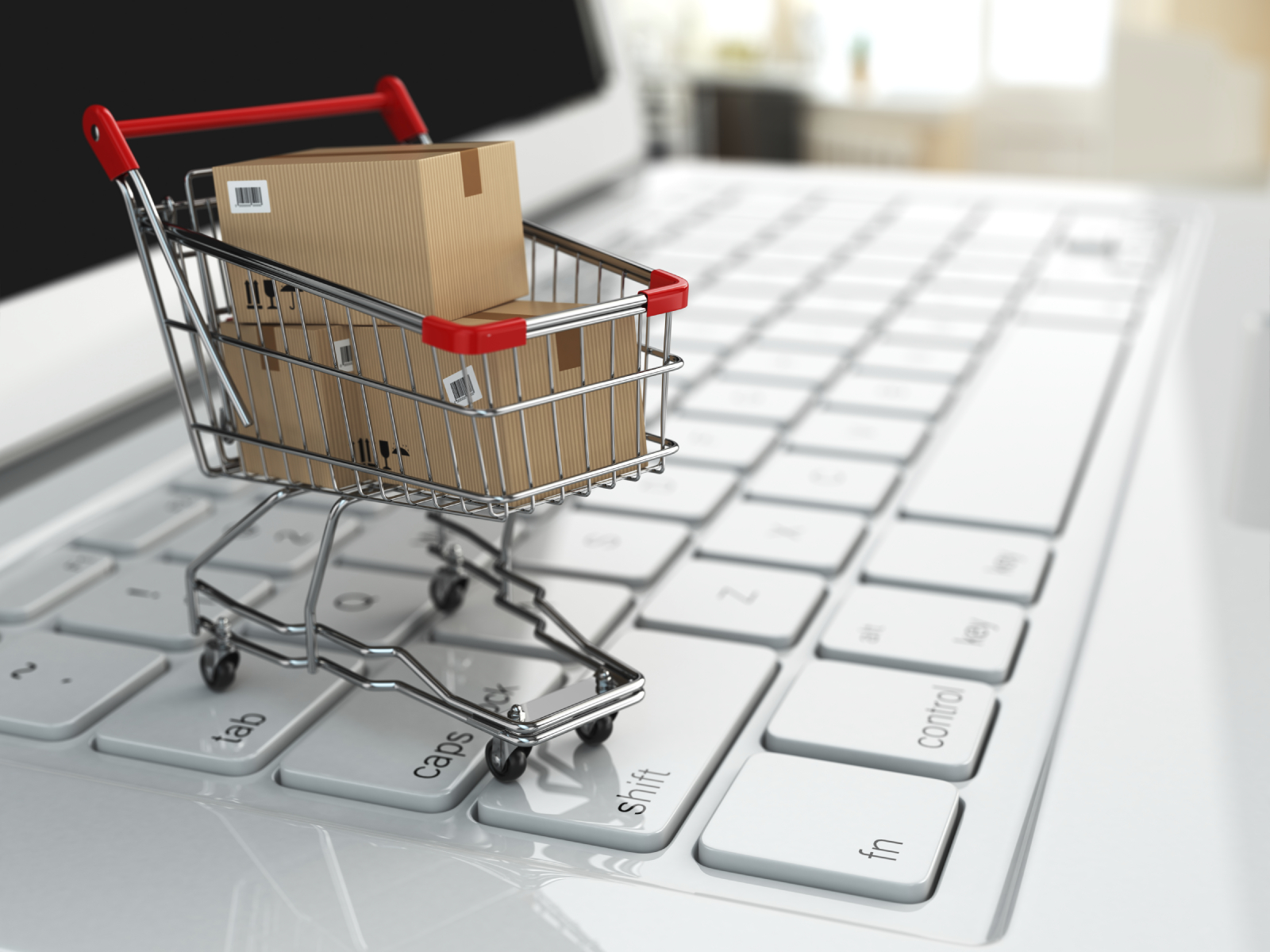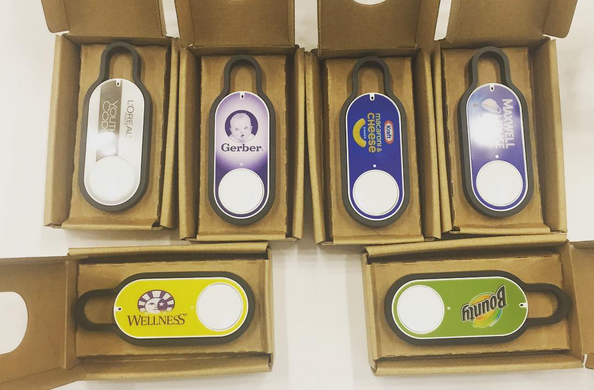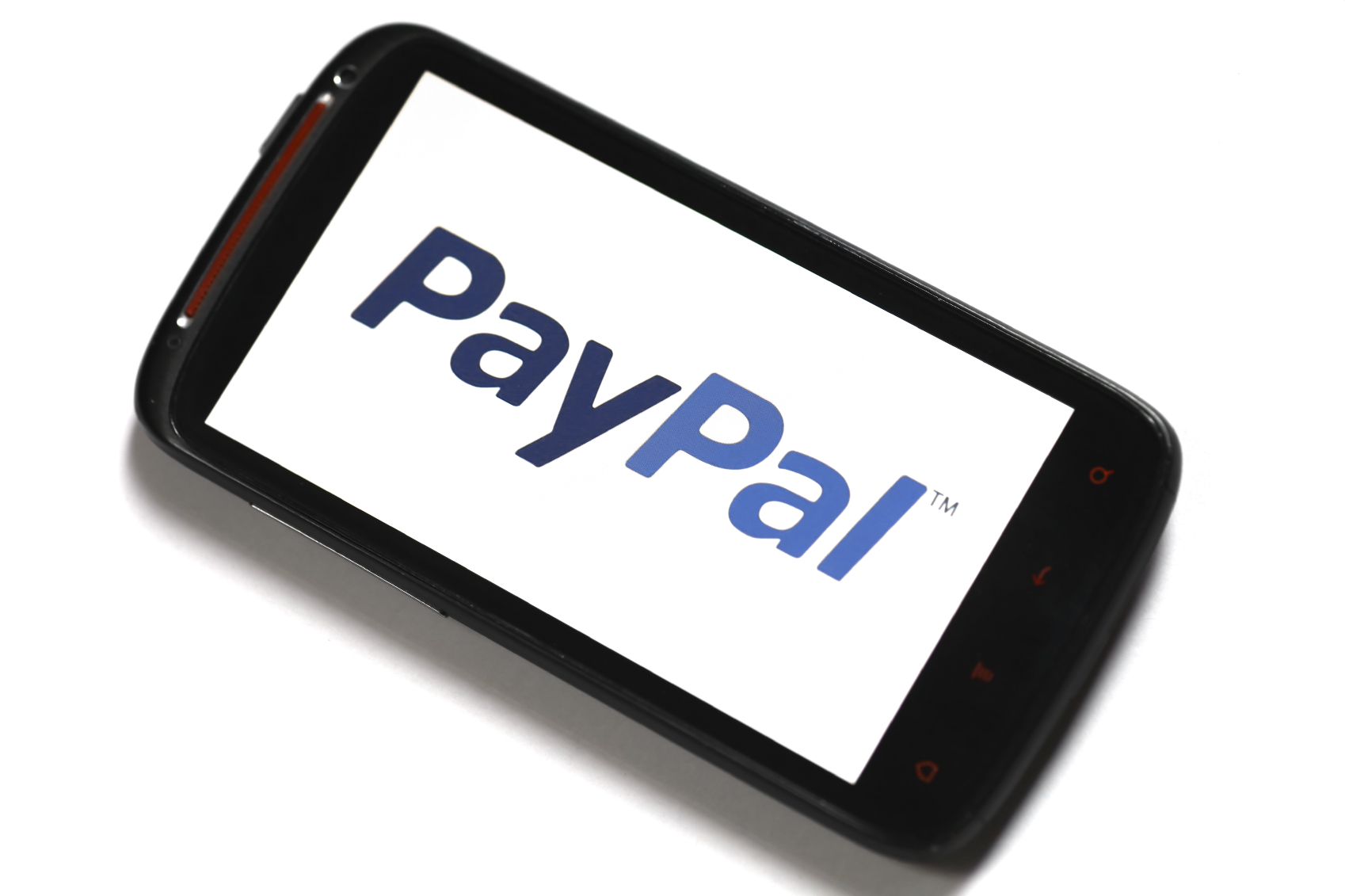On October 20th, the Lab attended the 65th New Jersey Tech Meetup in Hoboken, NJ. As is tradition, the event began with three entrepreneurs introducing their startups, followed by a fireside chat with an industry veteran. This month’s speaker was Micah Rosenbloom, Managing Partner of Founder Collective, an early-stage investor fund.
The first entrepreneur to present was Scott from Thrive Commerce. A major friction point in eCommerce occurs when consumers leave a retailer’s site to search for coupons on third party sites like RetailMeNot. Often times, once someone leaves the site, they do not come back to check out. Purchased on a SaaS model, Thrive Commerce is a deal management platform that enables retailers to publish, track, and offer discounts to their products across their owned properties. With the coupons readily available, the consumer is encouraged to stay focused on checking out once they have decided to purchase. The platform also allows brands to optimize language on their site to efficiently compete with these third parties’ SEO campaigns.
Next to the podium was Lisa, Founder and CEO of Savile Row Society (SRS), to discuss her new app, Savil.me. Savile Row Society is an eCommerce platform for men who are in need of fashion advice. The site and app connect consumers to personal stylists who shop for them. Products are delivered through Postmates. Each user can also curate their own ‘Virtual Closet,’ which is composed of items already in a user’s closet and garments they have purchased through SRS. Users can then leverage SRS’s color matching algorithm to receive outfit suggestions.
The last presenter introduced the audience to Paydunk‘s secure checkout service, which solves an issue even further down the funnel than Thrive Commerce. Rather than shopping cart abandonment, Paydunk is looking to solve checkout abandonment. Too often, online shoppers get confused or spooked by having to enter personal information over and over again on different sites in order to purchase online. Pay dunk allows users to have one secure method of checkout that does not save purchase information. A user is prompted to enter a pin number to confirm purchase, then a push notification is sent to their mobile device as a secondary confirmation. This essentially acts as a virtual debit card.
After the presentations concluded, Micah Rosenbloom took the stage to discuss his career as a founder and a funder. He stressed the importance of leaving no stone unturned because inspiration or opportunity may reveal themselves in unlikely places. He also recommended that everyone frequently take a pomodoro to maintain focus and increase productivity at work.
